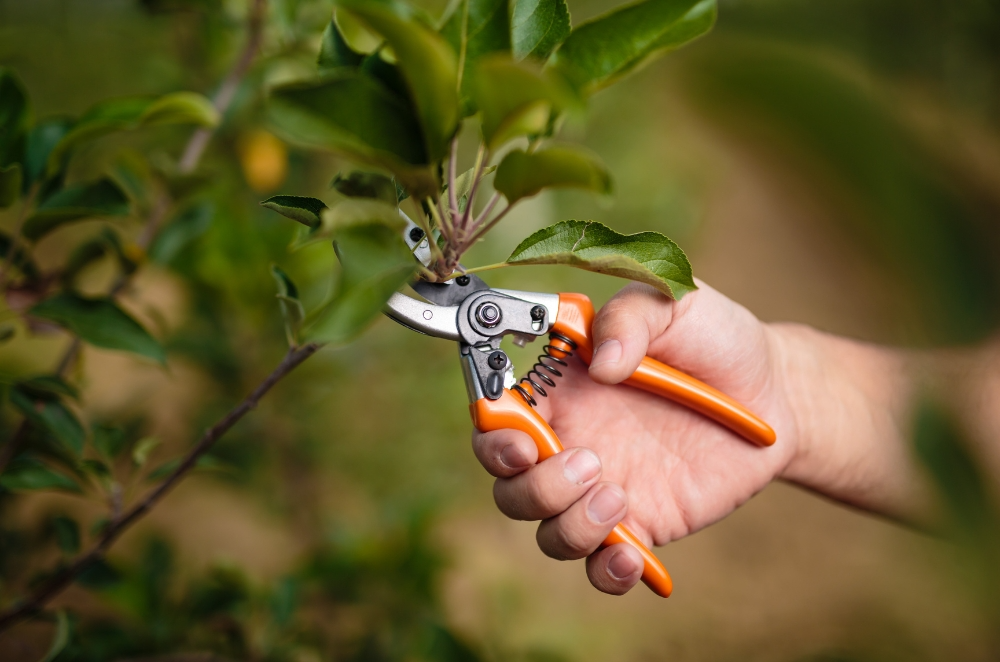What to Know Before You Hire a Landscaping Service

The first time I hired a landscaper, I assumed a neat quote meant a neat yard. Then the hedge bled sap for days, a lilly pilly sulked, and the “prune” on a street tree looked more like a haircut done in the dark. I learnt to slow down. Good crews start with light diagnostics—soil, shade, water—and shape a plan around the plants you’ve actually got, not a catalogue picture. When I shortlist, I look for clear scope, quiet safety habits, and proof of tidy aftercare; benchmarking against reputable tree pruning services helps me gauge whether their idea of selective cuts and crown lifts suits a lived-in garden.
Define the job before you compare quotes
Most problems start with a fuzzy scope. Two teams can price the “same” job and deliver completely different results because one trims tips and the other restores structure. Write the job like a checklist, not a wish.
-
Plant-by-plant notes: List species, health quirks, and constraints: Shade, wind, pests, and recent cuts shape what’s safe to remove.
-
Outcomes over tools: Describe goals—light under canopy, safe sightlines, clearance from gutters—rather than naming saws and heights.
-
Waste and cleanup: Specify mulch or removal, chip size, and whether you want logs cut to length; mess is where goodwill evaporates.
-
Access and timing: Flag narrow side paths, pets, and school-hour windows so crews plan equipment and staging without guesswork.
That level of detail sounds fussy, but it keeps the work consistent when teams change. It also makes quotes comparable—line by line, not vibe versus vibe.
Safety, legality, and pruning standards
Roof lines, power lines, and street trees add rules you can’t see from the driveway. A steady crew treats safety as part of the craft, not a separate document.
-
Traffic and edges: Cones, spotters, and ladder tie-offs are cues that you’re dealing with pros who won’t gamble with falls or cars.
-
Drop zones: Clear, roped areas reduce panic cuts when branches behave badly; panic makes ragged wounds and snapped fences.
-
Tool hygiene: Clean blades cut cleaner and spread fewer diseases; a wipe between trees can save a prized specimen from a new fungus.
-
Paper trail: Photos, approvals (where required), and a short after-action note protect everyone if neighbours or councils have questions.
If you want a baseline on what “good” cuts look like, public guidance on pruning techniques explains wound collars, timing, and how to avoid flush cuts that set trees back months. I keep a copy bookmarked; it keeps the conversation practical.
How to judge pruning quality
You don’t need the jargon to spot thoughtful work. You need your eyes and a simple way to check that structure, light, and regrowth are headed in the right direction.
-
Look for structure: After pruning, branches should read like a balanced frame, not a broom handle with twigs sprouting at one height.
-
Watch the wounds: Cuts just outside the branch collar heal faster; big torn patches or “stubs” signal rushed hands.
-
Follow the light: Dappled, moving light under canopies is a win; full sun shock after heavy thins can scorch soft leaves.
-
Check the future: Buds should be directed outward to guide new growth away from gutters, paths, and windows.
When seasons turn, tuning irrigation and mulch to the city’s rhythms matters too. I keep notes on garden thriving in Sydney’s climate because pruning is only half the story—heat, salt breezes, and clay soils do the rest. The best crews leave small instructions that make the next eight weeks easier, not mystery homework.
Questions to ask on the site visit
A ten-minute walk with the crew tells you more than any brochure. Ask questions that force a method, and listen for calm, specific answers.
-
Cut selection: “Which branches would you remove first, and why?” Clear answers point to airflow, crossing limbs, and weight distribution.
-
Timing choice: “Would you prune this species now or wait?” Good teams consider flowering, sap flow, and pest cycles.
-
Waste plan: “Chip on site or remove?” Chips can feed beds if the mix is right; some wood needs to be left to avoid pests.
-
Risk controls: “What’s the plan near the roof and lines?” You want ladders or platforms set, not improvisation.
I once hired based on how a foreman traced light with his hand under a jacaranda. He spoke about next spring’s shape, not just today’s cut. That tree still throws freckles of shade without dropping limbs in the wind; the method mattered more than the hourly rate.
Pricing, value, and the small lines that save money later
Cheapest can be costly. The best quote is the one that describes what happens when things change: weather, pests, or a surprise rot pocket inside a limb.
-
Line items: A clear split between pruning, removals, and disposal stops adds-ons from ballooning mid-job.
-
Contingencies: Reasonable allowances for rot, hardware, or extra rigging keep everyone calm if the tree surprises you.
-
Aftercare: A short list—watering, wound checks, and mulch top-ups—protects the work and reduces warranty wrangles.
-
Schedules: Annual or seasonal touch-ups planned now reduce heavier, riskier cuts later; little trims beat big rescues.
The tell is how crews talk about next season. If they frame pruning as a cycle, not a one-off, your trees will read more relaxed each year.
Planning maintenance that prevents future call-outs
Pruning isn’t the only lever. Small, seasonal habits tackle the causes of messy cuts and storm calls.
-
Mulch discipline: Coarse mulch topped up once or twice a year keeps roots cool and reduces stress-sprouts after pruning.
-
Water windows: Deep, infrequent watering trains roots down; shallow sprinkles invite weak, surface-hungry growth.
-
Pest watch: Sticky traps and quick leaf checks catch sap suckers before they stunt new shoots.
-
Gutter logic: Clean gutters and trim near roof lines before storm months; pools of debris invite fungus and frantic phone calls.
When you keep stress low, cuts can be gentler and less frequent. Your garden feels quieter—less boom-and-bust, more steady shape.
A short field note on getting it right
Last summer, I handled a courtyard where ivy had crept under eaves and a citrus sulked beside a hot wall. Two teams quoted. One promised “a tidy shape in two hours.” The other traced light angles, scraped a thumbnail across a twig to show live wood, and suggested a staged approach: a gentle crown thin now, gutter clearance and mulch refresh, then a check after the first heatwave. We chose the second. The result wasn’t a dramatic before-and-after; it was a garden that breathed. New growth set outward, the citrus kept leaves through January, and the gutters stayed quiet in the first storm burst. The difference came from a plan—clear scope, safer cuts, and small habits that stuck. Written down, it looked simple. Lived in, it felt calmer. That’s the real measure when you hire help: not just how it looks on the day, but how it behaves for months after, guided by a thoughtful pruning plan that turns maintenance into an easy rhythm






